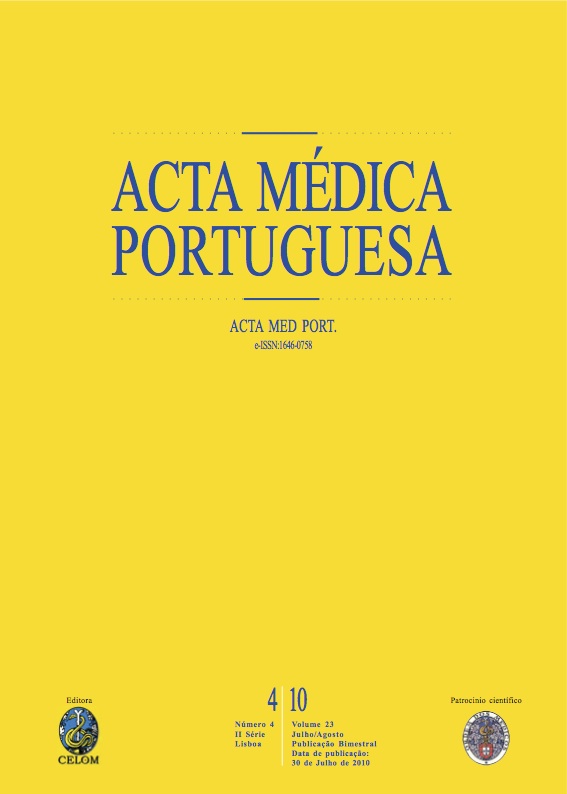Genital tuberculosis: a rare cause of postmenopausal bleeding.
DOI:
https://doi.org/10.20344/amp.679Abstract
Tuberculosis remains a global health problem, being the genitourinary tract the second most common site for tuberculosis infection after the lungs. Genital tuberculosis is now undergoing a worrying recrudescence.We report two cases of postmenopausal women who presented with vaginal bleeding. General physical and gynecological examination detected no abnormality. Transvaginal pelvic ultrasound showed fluid in the endometrial cavity in both cases. The office hysteroscopy was suggestive of focal endometrial thickness and an endometrial biopsy was performed. The histopathologic examination of biopsies found epithelioid cell granulomas without malignant cells. Culture of the endometrium was positive for Mycobacterium tuberculosis. Involvement of other systems was not detected. The patients started receiving antituberculosis treatment.Genital tuberculosis is rare in postmenopausal women and responsible for only approximately 1% of postmenopausal bleeding. However it is a curable disease and an early diagnosis is important and may prevent unnecessary invasive procedures for the patient.Downloads
Downloads
How to Cite
Issue
Section
License
All the articles published in the AMP are open access and comply with the requirements of funding agencies or academic institutions. The AMP is governed by the terms of the Creative Commons ‘Attribution – Non-Commercial Use - (CC-BY-NC)’ license, regarding the use by third parties.
It is the author’s responsibility to obtain approval for the reproduction of figures, tables, etc. from other publications.
Upon acceptance of an article for publication, the authors will be asked to complete the ICMJE “Copyright Liability and Copyright Sharing Statement “(http://www.actamedicaportuguesa.com/info/AMP-NormasPublicacao.pdf) and the “Declaration of Potential Conflicts of Interest” (http:// www.icmje.org/conflicts-of-interest). An e-mail will be sent to the corresponding author to acknowledge receipt of the manuscript.
After publication, the authors are authorised to make their articles available in repositories of their institutions of origin, as long as they always mention where they were published and according to the Creative Commons license.









